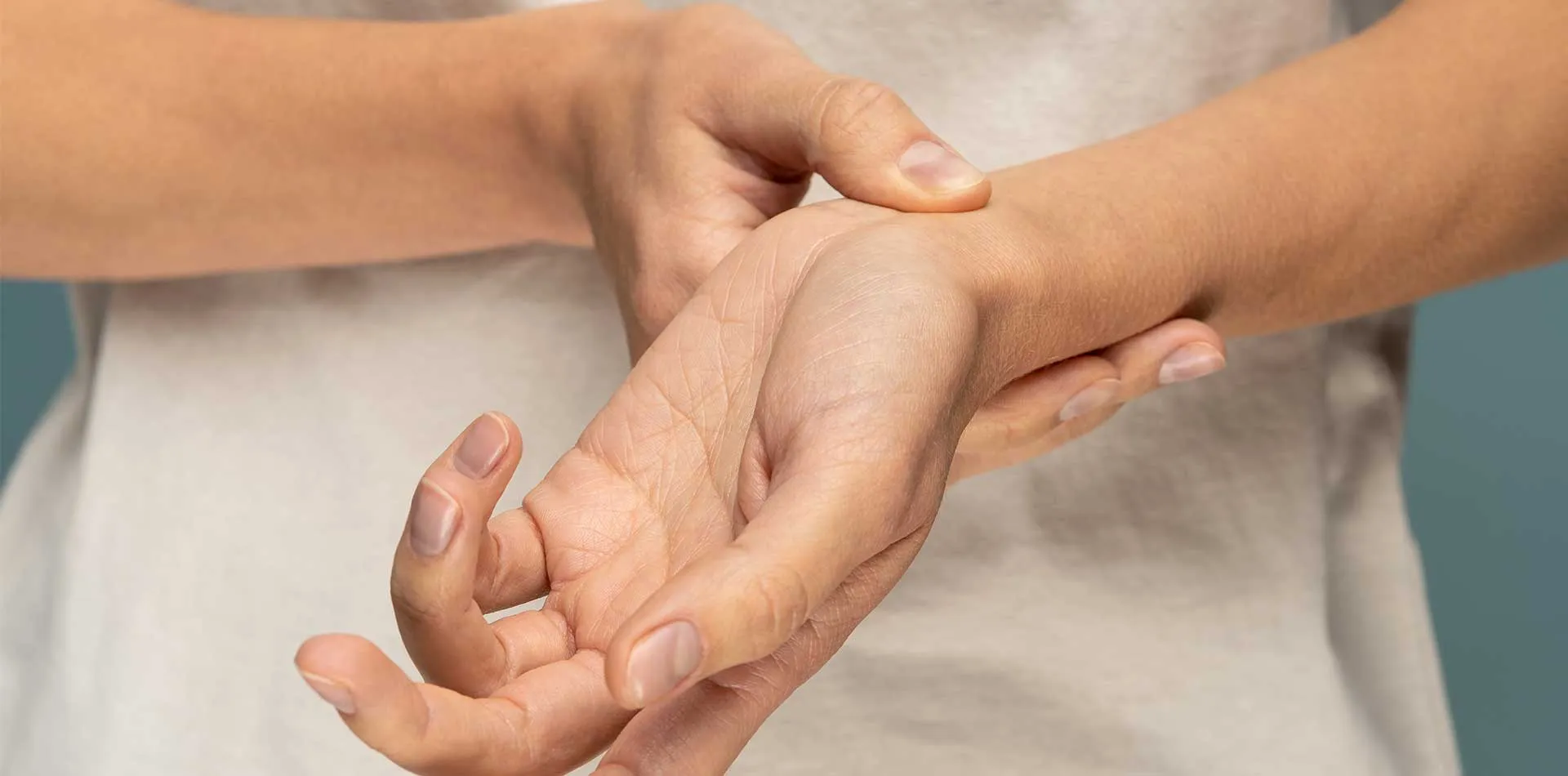
Tendinitis causes tendon inflammation or irritation that results in pain and tenderness outside a joint. It can happen in any tendons, commonly around the shoulders, elbows, wrists, knees and heels.
There are various tendinitis conditions, including Tennis elbow, Golfer's elbow, Pitcher's shoulder, Swimmer's shoulder and Jumper's knee. Most cases are treated with rest, physical therapy and medications to reduce pain, but a severe rupture of a tendon may require surgery.
The signs of tendinitis include mild swelling, tenderness, and a dull ache or pain while moving the affected limb or joint.
Self-care measures usually help heal the condition. Get advice from a doctor when symptoms persist and interfere with your daily activities for several days.
Although a sudden injury can cause tendinitis, this condition occurs more when a particular movement is repeated over time. This includes jobs or hobbies that have repetitive motions, which stress the tendons. Here, using a proper technique becomes essential when doing repetitive sports movements or job-related activities. The improper process puts stress on the tendon, as a tennis elbow may lead to tendinitis.
Risk factors for developing tendinitis are age, job requirements or playing specific sports.
• Age factors can make the tendons less flexible, making them easier to injuries.
• People with jobs involving repetitive motions, forceful exertion, awkward positions, vibration and frequent overhead reaching.
• Playing certain sports like Baseball, Basketball, Bowling, Golf, Running, Swimming and Tennis that involve repetitive motions makes them prone to developing this condition.
Tendinitis may raise the risk of developing tendon break if treatment is not done on time, and more severe cases may require surgery. Tendinosis may develop when the tendon irritation continues over several weeks or months, leading to degenerative modifications in the tendon and abnormal new blood vessel growth.
These steps can help reduce the chances of developing tendinitis.
• Limit activities that put extra stress on the tendons for longer periods. So, if there is pain during a particular exercise, stop and rest.
• When some exercise or activity causes persistent pain, mix it with something else. Cross-training helps combine running with lower impact exercise, such as biking or swimming.
• When some technique during an activity or exercise is flawed, it may set problems with your tendons. Take lessons or get professional instructions before starting a new sport or using exercise equipment.
• Maximize the scope of motion of the joints by stretching after exercise, when your muscles are warmed up. It helps to minimize repetitive trauma on tight tissues.
• Your workplace ergonomics should be proper; adjust the chair, keyboard and desktop to the height, arm length and usual tasks. It helps protect all your joints and tendons from excessive stress.
• Prepare your muscles to play, strengthening them better to withstand stress and load.
Patient Experience